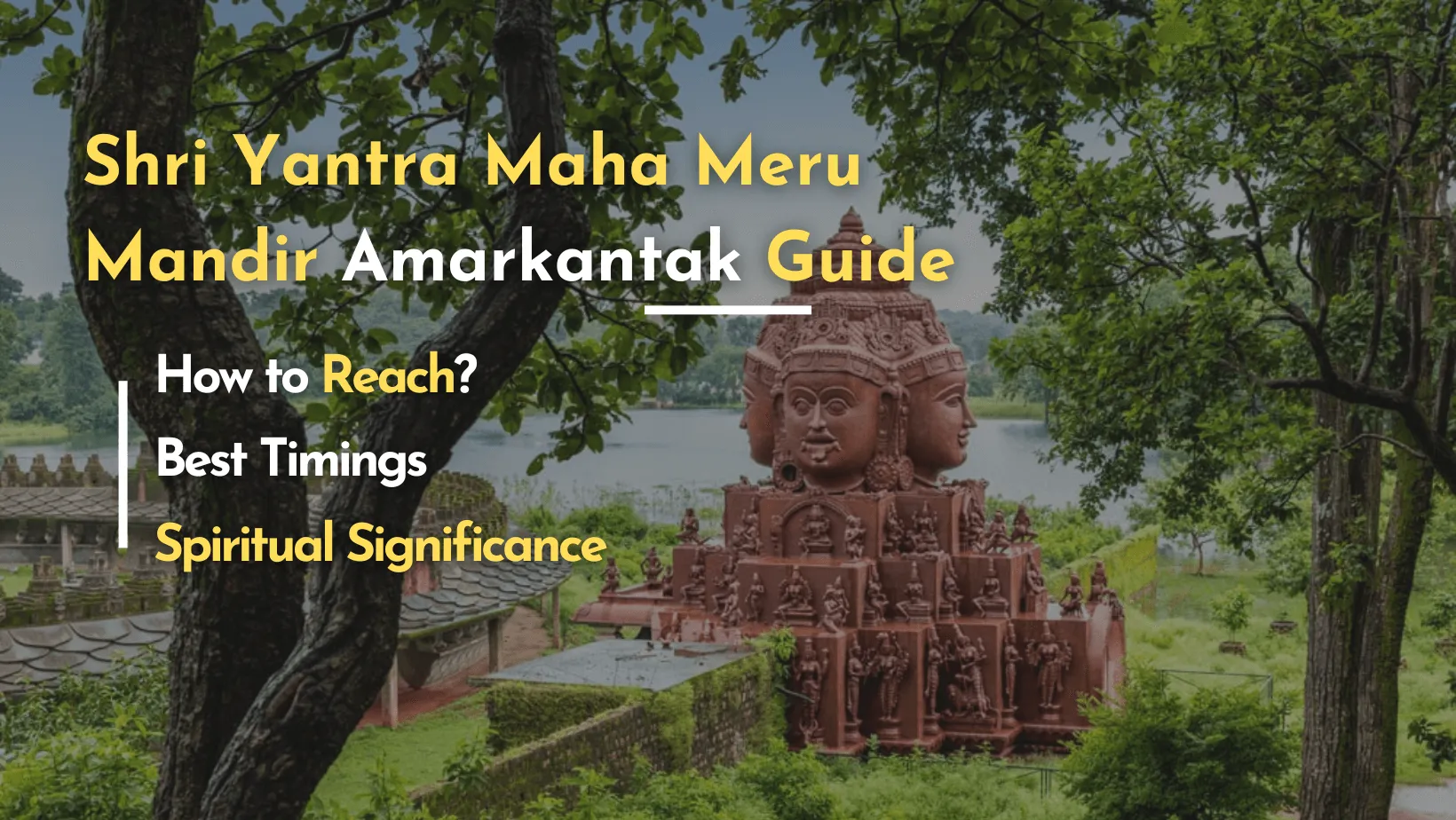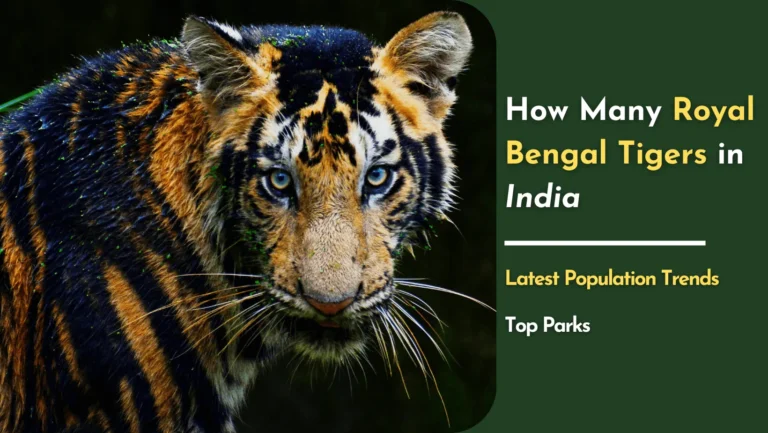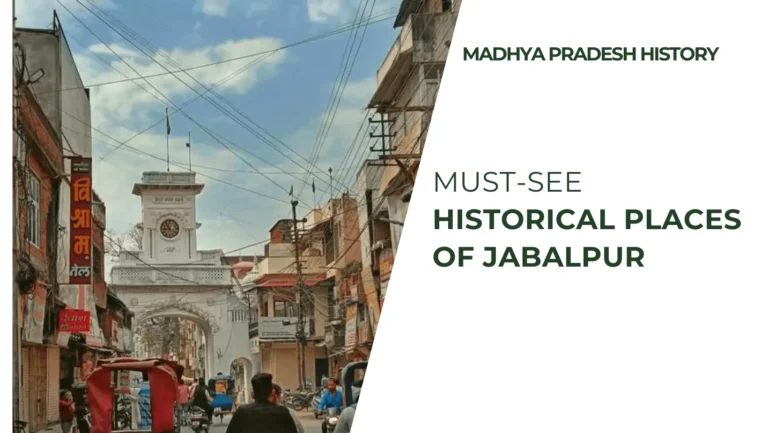Budget Stay Starting @ ₹500 to ₹1000 in Jabalpur
A Visitor’s Guide to Shri Yantra Maha Meru Temple Amarkantak


Nestled in the serene landscapes of Amarkantak, the Santra Maha Meru Temple is a spiritual haven that blends ancient tradition with architectural grandeur. This temple, dedicated to the revered Sri Yantra, follows the principles laid down by Maharishi Agastya and stands as a unique example of the Maha Meru Prastar style of construction. Visiting this sacred site offers a chance to immerse yourself in the divine energy of the region, surrounded by lush forests and tranquil surroundings.
In this blog, we’ll guide you on how to plan your trip, including the best times to visit, where to stay, and how to reach this remarkable temple, ensuring a fulfilling and peaceful spiritual journey.
Historical Background of Santra Maha Meru Temple
The construction of the Sri Yantra Mandir follows the foundational principles established by Maharishi Agastya. These principles guide the temple’s architecture, ensuring it aligns with ancient wisdom and practices. The temple aims to honor these traditions by adhering strictly to the guidelines for layout, design, and construction techniques.1
Approximately 2000 years ago, Acharya Amresh constructed the first of its kind at Kamakhya Shaktipeeth in what is now Guwahati, Assam. This historic temple was significant for its use of the Sri Yantra, a powerful symbol in Hindu worship. Today, the new Sri Yantra Mandir is being built using the Maha Meru Prastar method, distinguishing it as the first temple worldwide to adopt this unique architectural style. The Maha Meru Prastar represents a mountain shape, symbolizing the divine connection between heaven and earth. This innovative approach not only preserves the ancient traditions but also introduces a novel aspect to temple architecture, making the Sri Yantra Mandir a remarkable and pioneering structure in the realm of sacred spaces.2
Architectural Marvels of Santra Maha Meru Temple
The Sri Yantra Temple is both powerful and beautiful, meticulously constructed in the form of a Mandala or sacred geometric group. Each dimension of the temple—length, breadth, and height—measures 52 feet, aligning with the principles laid out by MahaRishi Agastya for temple foundation and construction. The temple’s foundation, known as Padambandh, serves as its protection. According to scriptures, “Padam” (lotus) symbolizes knowledge, implying that the temple’s design is based on spiritual wisdom relevant to the specific worship practices of a Sadhak (spiritual practitioner).
Following the Padambandh is the Sarpbandh stage, characterized by the images of two entwined poisonous snakes that encircle the entire temple. These snakes’ tails are interlocked, surrounding the temple and the area where the statue of the goddess is placed and prayers are conducted. The snakes’ hoods are raised at the temple’s entrance, symbolizing protection and spiritual vigilance.
The temple’s upper part, known as Devbandh, features external walls adorned with depictions of the dance of time, or Kaal Nritya, as per vaastu shastra (the science of architectural layout). This dance represents 17 tattavas (states or levels of existence). At the four corners of the temple, powerful lion paws are depicted, each symbolizing the actions performed by each Jiva (individual soul). The round ball trapped in the lion’s paws represents the Jiva, with the poisonous snakes below signifying Kaal (the limitation of time), illustrating the soul’s entanglement in the cycle of karma and rebirth.
Above the Devbandh is the temple’s apex, constructed as a three-dimensional Maha Meru Sri Yantra. Creating a three-dimensional Sri Yantra is complex, requiring precise attention to the sizes and angles of the triangles. This intricate structure consists of nine stages, technically called chakras. These include the central point (bindu), the triangle (trikona), the eight-corner figure (ashtkona), the inner ten-angled figure (antar dashara), the outer ten-angled figure (bahirdashara), the fourteen-angled figure (chaturdashara), the eight-petalled lotus (ashtdal padam), the sixteen-petalled lotus (shodash padam), and the square enclosure with portals (bhupura).
The Sri Yantra comprises 43 triangles, 28 marmas (critical points), and 24 sandhis (meeting points). It features four upward-facing triangles, known as Shiv Triangles or Srikantas, and five downward-facing triangles, known as Shakti Triangles or Shivyuvatis. Surrounding the Sri Yantra are images of the Divine Mother Maha Tripura Sundari and her attendants, symbolizing the divine feminine energy and enhancing the temple’s spiritual potency.3
Spiritual and Cultural Significance
The Sri Yantra, also known as the Sri Chakra Yantra, is a geometric design integral to the tantric tradition. It is used for both worship and meditation, serving as a powerful symbol of spiritual and cosmic significance. The Sri Chakra is composed of nine interlocking triangles. Four of these triangles point upwards with their bases downwards, symbolizing Shiva, while the remaining five triangles point downwards with their bases upwards, representing Shakti. Due to these nine triangles, the Sri Yantra is also referred to as the Navayoni Chakra.
These nine triangles interlock to form a complex design that includes 43 smaller triangles. At the center of this interlocking structure is a central point known as the Bindu, which represents the cosmic center. The Sri Chakra, thus, symbolizes the entire cosmos, with the Bindu signifying the divine Shakti, known as Tripura Sundari, the divine maiden of the three worlds (Lokas).4
The overall structure of the Sri Yantra is divided into nine levels, each with its unique significance:
- Bindu (9th Level): The topmost level, known as Sarva Anandamaya, symbolizes ultimate bliss.
- Sarva Siddhiprada (8th Level): The next level is a small triangle, representing the bestower of all accomplishments.
- Sarva Rogahara (7th Level): This level consists of eight triangles and is known for the eradication of all diseases.
- Sarva Rakshakara (6th Level): A ring of ten triangles, symbolizing protection.
- Sarvarthasadhaka (5th Level): Another ring of ten triangles, representing the fulfillment of all desires.
- Sarva Saubhagyadayaka (4th Level): This level consists of fourteen triangles, signifying the bestower of all auspiciousness.
- Sarva Samkshobahana (3rd Level): An inner lotus with eight petals, representing agitation or stimulation.
- Sarva Paripuraka (2nd Level): The outer lotus with sixteen petals, symbolizing complete fulfillment.
- Trailokya Mohana (1st Level): The outermost layer is a square with four openings in the cardinal directions, representing the entire concentric structure and the enchantment of the three worlds.
How to Reach Santra Maha Meru Temple
The Sri Maha Meru Temple is located in the Annupur District of Madhya Pradesh, with the nearest major city being Jabalpur, which is 223 kilometers away. This temple is a significant spiritual destination, attracting devotees and tourists from across the country.5
Reaching Amarkantak by Air
The closest airport to Amarkantak is in Jabalpur. This airport has regular flights connecting it to major cities such as Indore, Ahmedabad, Bangalore, Delhi, and Mumbai. Once you arrive in Jabalpur, you can plan your onward journey to Amarkantak. To make your stay convenient, you can book a hotel under 500 in Jabalpur, that can offer a 24-hour checkout facility, allowing you ample time to rest and plan your trip to Amarkantak without any rush.
Reaching Amarkantak by Road
Amarkantak is well-connected by road to various districts within Madhya Pradesh. As Annupur is a border district, travelers can book a taxi from nearby cities like Raipur or Jabalpur. The road journey to Amarkantak is both scenic and comfortable, with taxis readily available for hire.
Reaching Amarkantak by Rail
The nearest railway station to Amarkantak is Pendra Road, located in Chhattisgarh. From Pendra Road station, travelers can hire a taxi or take a bus to reach Amarkantak. The rail route provides a convenient and picturesque journey, suitable for different travel preferences and budgets.
Overall, Amarkantak is accessible through various modes of transportation, making it a feasible destination for all visitors. Whether you choose to travel by air, road, or rail, you can find affordable accommodations and plan your journey to experience the spiritual ambiance of the Sri Maha Meru Temple.
Best Times to Visit and Temple Timings
The best time to visit Amarkantak is from October to February, during the winter months. The climate during this period is very pleasant and cold, making it ideal for travel and outdoor activities.
Currently, the Sri Maha Meru Temple is still under construction and is expected to take a few more years to be completed. Despite the ongoing construction, visitors can reach the temple site by vehicle at any time. However, entry into the temple is currently limited to the entrance gate, as access to the inner areas is restricted until construction is finished.
Nevertheless, the environment surrounding the temple is breathtakingly beautiful, with lush green forests providing a serene and picturesque backdrop. Visitors can enjoy the natural beauty, take photographs, and explore the scenic surroundings. The tranquil ambiance and the natural splendor of the area offer a refreshing escape from the hustle and bustle of city life.
While the temple itself is not yet fully accessible, the journey to Amarkantak and the opportunity to experience its natural beauty make it a worthwhile trip. The peaceful environment and scenic landscapes provide a perfect setting for relaxation and reflection, adding to the overall spiritual experience of visiting the Sri Maha Meru Temple.
Rituals and Worship at Shri Yantra Maha Meru Temple
The actual worship of the Sri Yantra is highly intricate, involving numerous figures and 43 triangles, each associated with specific goddesses. Each goddess embodies a unique siddhi, or spiritual perfection, that devotees strive to achieve through a precise system of prayer and rituals. Consequently, the path of Sri Vidya is not just a form of worship but a profound spiritual journey designed for scholars and intellectuals who seek deeper understanding and enlightenment.
At the heart of Sri Vidya worship is the central goddess, Maha Tripura Sundari. She is the main deity of the Sri Yantra and represents the divine feminine energy. Within the temple, a statue of Maha Tripura Sundari is prominently displayed. This statue, crafted from ashtadhatu (a traditional alloy of eight metals), weighs approximately one and a half tons and stands about 62 inches tall.
The statue was meticulously created in the village of Malai, near the town of Kambkamb in southern India. This village is renowned for its exceptional craftsmanship and specialization in manufacturing ashtadhatu statues. The artisans of Malai have a long-standing tradition of producing intricate and spiritually significant statues, ensuring that each piece is not only a work of art but also a vessel of divine energy.
The combination of the complex worship practices, the intricate design of the Sri Yantra, and the exquisite craftsmanship of the ashtadhatu statue makes the path of Sri Vidya a beautiful and intellectually stimulating journey. It invites devotees to immerse themselves in a rich tapestry of spirituality, art, and tradition, ultimately guiding them towards achieving spiritual perfection and enlightenment.6
Visit the Sri Maha Meru Temple
Start your journey by booking a stay at Hotel Anand in Jabalpur for a comfortable and budget-friendly accommodation. After settling in, head to Amarkantak to visit the magnificent Sri Maha Meru Temple. While in the region, take the opportunity to explore other spiritual and cultural attractions. Enjoy the beautiful temples, serene landscapes, and historic sites. Share this guide with friends and family planning to visit the Sri Maha Meru Temple to ensure they have a memorable and well-informed journey.
- https://anuppur.nic.in/tourist-place/%E0%A4%B6%E0%A5%8D%E0%A4%B0%E0%A5%80-%E0%A4%AF%E0%A4%A8%E0%A5%8D%E0%A4%A4%E0%A5%8D%E0%A4%B0-%E0%A4%AE%E0%A4%82%E0%A4%A6%E0%A4%BF%E0%A4%B0/ ↩︎
- http://muktanand.org/shriyantramahamerumandir.html ↩︎
- https://www.mptourism.com/shri-yantra-mandir-amarkantak-madhya-pradesh-india.html ↩︎
- https://www.mahameru.in/ ↩︎
- https://www.mptourism.com/shri-yantra-mandir-amarkantak-madhya-pradesh-india.html ↩︎
- http://muktanand.org/shriyantramahamerumandir.html ↩︎



